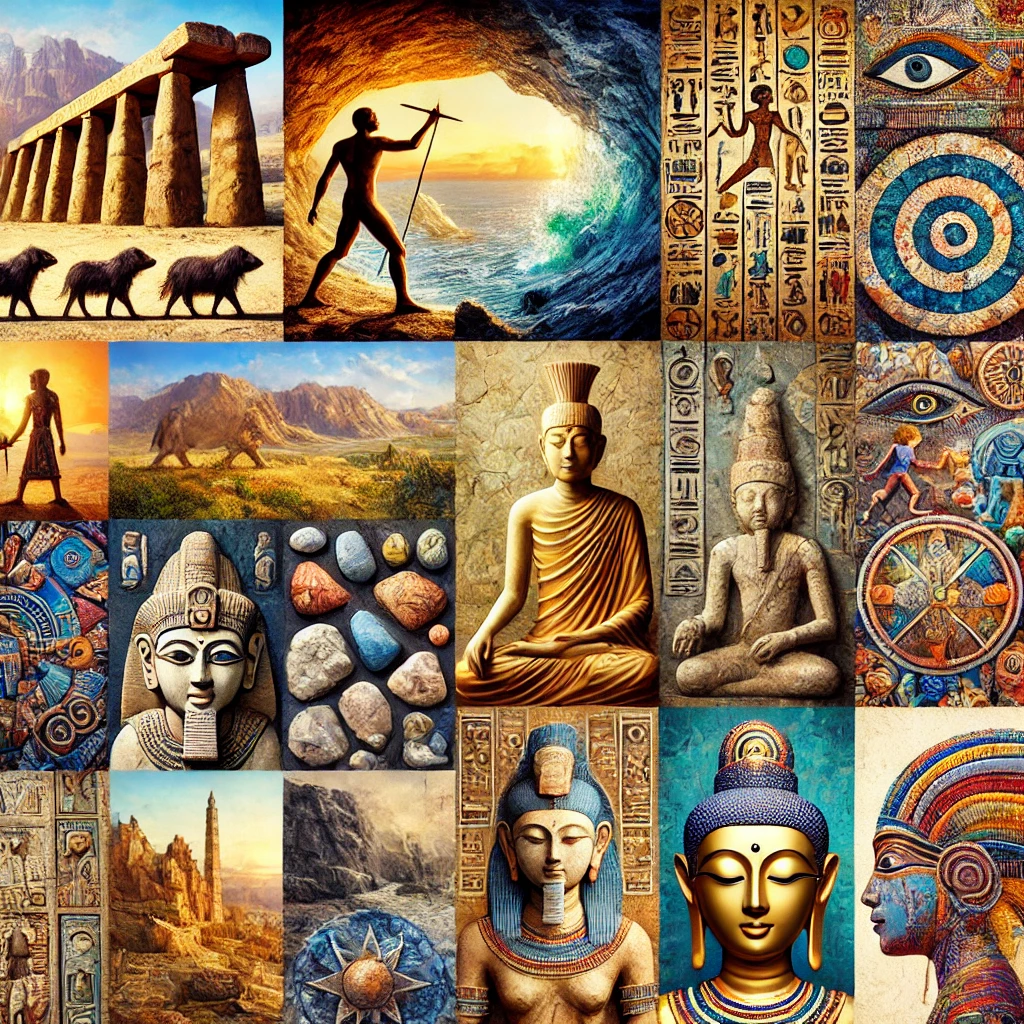Art has been the heartbeat of civilizations for millennia Ancient artz crafted with passion and precision offer a glimpse into the beliefs cultures and ingenuity of early societies These masterpieces continue to inspire connect and shape modern artistic expressions proving that creativity knows no boundaries Blog Arcy Art
The Birth of Expression Prehistoric Artz
From cave paintings to carved figurines prehistoric artz represent humanity first steps into storytelling and symbolism The Lascaux Cave Paintings in France dating back over 17000 years reveal intricate depictions of animals and human figures These early masterpieces were more than mere illustrations they were records of survival rituals and communication
The Venus figurines small sculptures of the female form symbolize fertility and reverence for the human body Crafted with stone ivory and clay these artifacts show the artistic dexterity of early humans
The Dawn of Civilization Mesopotamian and Egyptian Artz
As civilizations flourished so did artistic complexity The Mesopotamians pioneered monumental art crafting relief sculptures and ziggurats that showcased their religious devotion and political power The Standard of Ur a stunning mosaic of lapis lazuli and shell provides insight into Sumerian society depicting war and peace
Egyptian artz known for its grandeur and symbolism remains one of history most iconic styles From the Great Pyramids of Giza to the enigmatic Sphinx Egyptian artisans mastered stonework murals and statuary Their vibrant tomb paintings and hieroglyphics immortalized their beliefs in the afterlife ensuring their stories endured through time
Classical Brilliance Greek and Roman Artz
The Greeks revolutionized art by introducing realism harmony and proportion Their sculptures such as The Discobolus and Venus de Milo exhibit breathtaking detail capturing movement and emotion like never before Greek pottery adorned with mythological tales reflected the values of heroism gods and human endeavors
Romans drawing inspiration from Greek techniques further refined artistic expression Mosaics frescoes and statues decorated grand villas and public spaces The Colosseum and Pantheon architectural marvels showcased their engineering prowess and artistic vision emphasizing power and innovation
The Mystical East Asian Artz
Ancient China Japan and India developed distinct artistic traditions rich in spirituality and craftsmanship Chinese calligraphy and ink paintings embodied balance and nature harmony while Buddhist sculptures like the Giant Buddha of Leshan reflected devotion and serenity
Indian art deeply rooted in religion produced stunning temple carvings intricate mandalas and sacred Ajanta Cave paintings depicting Buddhist teachings Japan woodblock prints and ceramics celebrated for their simplicity and elegance continue to influence contemporary art worldwide
Majestic Marvels African and Mesoamerican Artz
African civilizations expressed their identity through sculpture masks and textiles The Benin Bronzes and Nok terracotta figures showcased their metallurgical expertise while elaborate masks played crucial roles in ceremonies and storytelling
Meanwhile the Maya Aztec and Inca civilizations built breathtaking pyramids codices and murals The Nazca Lines massive geoglyphs etched into the Peruvian desert remain an enduring mystery leaving modern scholars in awe of their precision and purpose
The Legacy of Ancient Artz in Modern Times
Ancient artz serve as blueprints for contemporary creativity From architecture to digital design echoes of these early masterpieces shape artistic movements across the world Museums preservation efforts and digital reconstructions ensure that future generations can appreciate and learn from these timeless creations
The enduring power of ancient artz lies in their ability to transcend time connecting us to our ancestors while igniting inspiration for the future Whether through a carved stone a painted fresco or a sculpted deity these masterpieces remind us of our shared humanity and boundless creative spirit
Frequently Asked Questions
What is the significance of ancient artz?
Ancient artz provide insights into early civilizations cultures beliefs and daily lives They serve as historical records showcasing advancements in technology philosophy and craftsmanship
How were ancient sculptures created with such precision?
Ancient artisans mastered tools and techniques such as chiseling casting and polishing They employed mathematics and geometry to achieve perfect proportions as seen in Greek and Egyptian sculptures
Why did ancient civilizations use specific materials for art?
The choice of materials depended on availability and durability Egyptians used limestone and gold Greeks favored marble and Mesopotamians crafted with clay and bronze Each material contributed to the artwork longevity and meaning
How does ancient art influence modern art?
Many modern artists draw inspiration from ancient artz incorporating classical techniques themes and symbolism into contemporary works Architecture fashion and digital design all reflect ancient artistic principles
Where can I see ancient artz today?
World renowned museums like the Louvre the British Museum and the Metropolitan Museum of Art house incredible collections of ancient artifacts allowing people to experience history firsthand
Conclusion
Ancient artz are more than relics of the past they are testaments to human ingenuity and expression These masterpieces bridge the gap between history and modernity reminding us of the creativity and resilience of past civilizations As we continue to explore and appreciate these treasures we honor their legacy ensuring that the beauty and wisdom of ancient artz inspire generations to come

